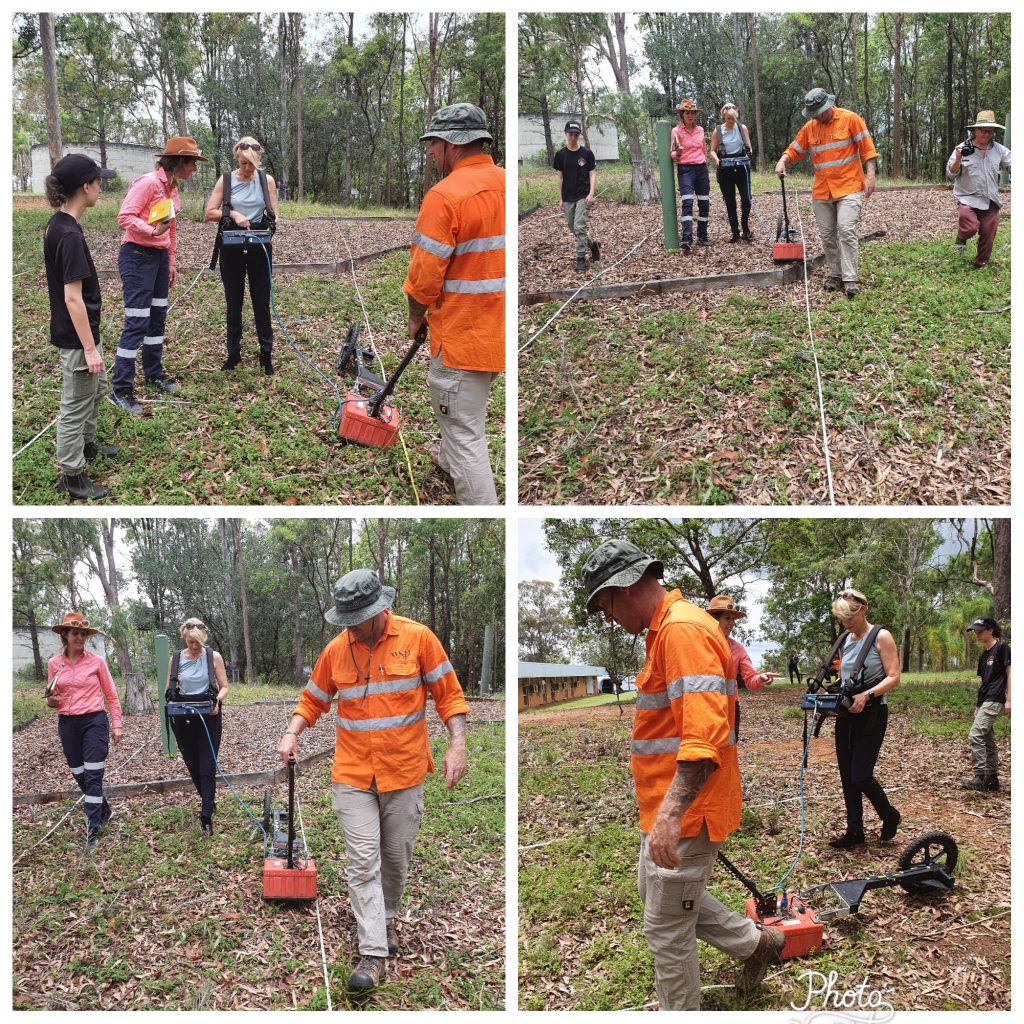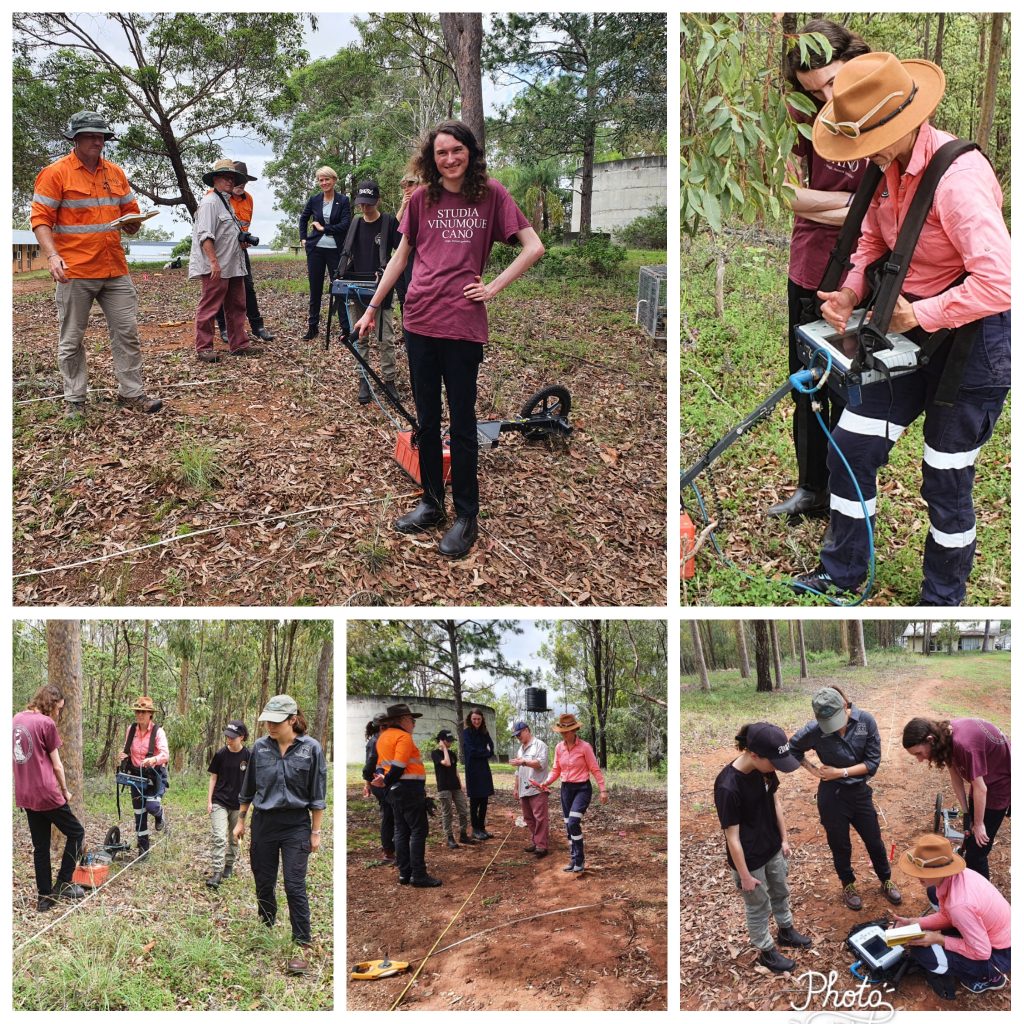In 2021 an archaeological project was announced to investigate a the site of the WWII Camp Columbia. This was funded by the Dutch Government as the Camp was taken over from the Americans by the Dutch in 1944. The Dutch established here the Netherlands East Indies Government-in-Exile and staged the liberation of Netherlands East Indies (NEI) from here. Dutch partners in the project includes the Netherlands Ministry of Defence and the Netherlands Embassy in Canberra.
The project was undertaken by the University of Queensland and was supervised by Emeritus Professor Ian Lilley FSA FAHA (BA Hons, MA Qld, PhD ANU). Ian is an international discipline leader whose interests focus on archaeology and heritage in Australasia, the Indo-Pacific and globally. He also has a continuing visiting appointment as Willem Willems Chair for Contemporary Issues in Archaeological Heritage Management at Leiden University in the Netherlands. Leiden is continental Europe’s leading university in archaeology and among the global Top 10 in the discipline. In addition, he is an Advisor to the Centre for Global Heritage and Development (Leiden University, Delft University of Technology and Erasmus University Rotterdam).


The initial research was conducted in an area of the former Camp Columbia that is now occupied by the Arthur Gorrie Correctional Centre. Access to this site is heavily restricted and access to the public prohibited. For those reason the project now concentrates on the other side of Wacol Station Rd. This part of the former Camp has no such restrictions and does have infrastructure remnants furthermore many artefacts have been discovered here.